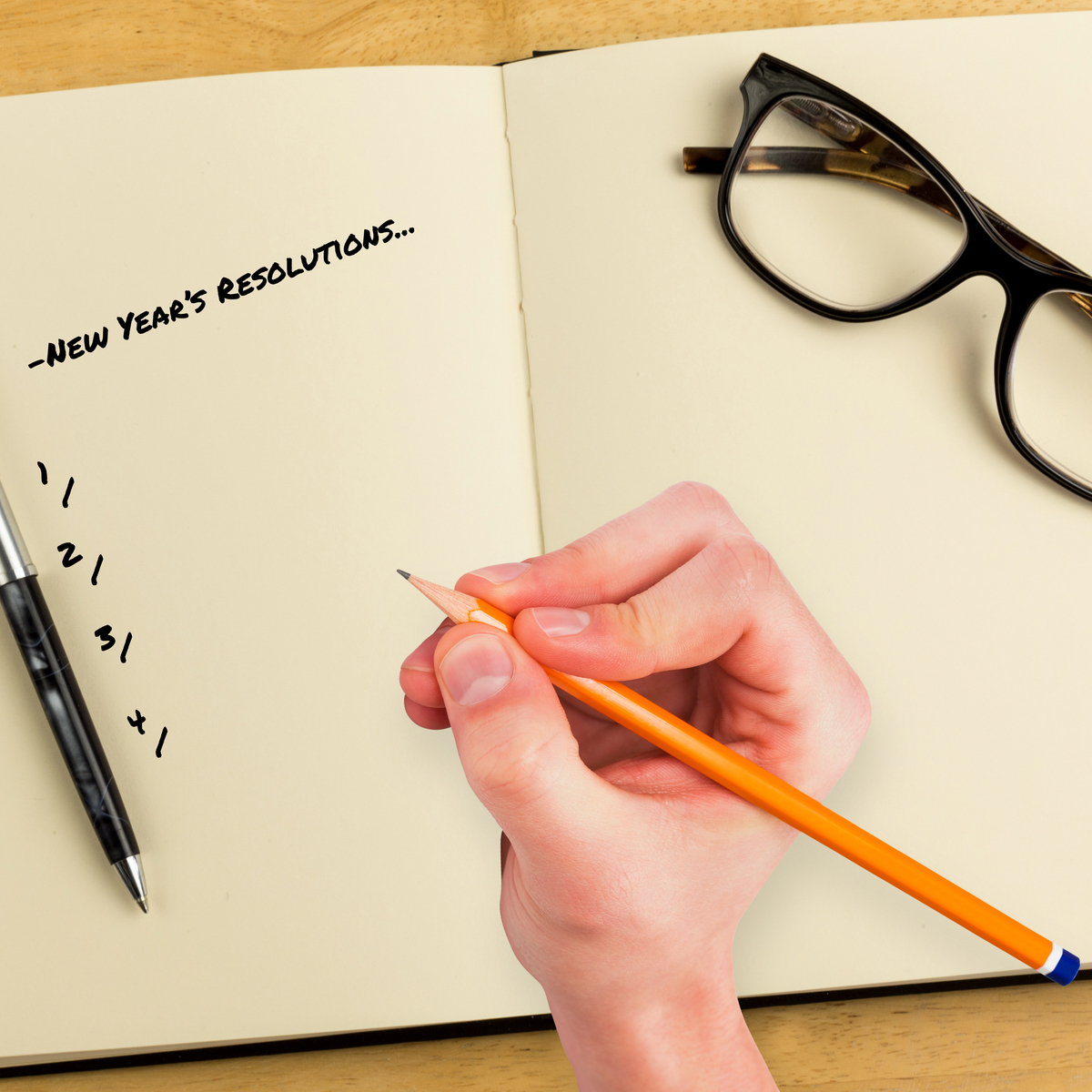New Year Resolutions for the Workplace

By Susan Milner, EAP Administrator
With the New Year comes renewed intentions for a fresh start in many aspects of our life. We may begin the month of January with a whole list of ideas which we desire to kick-start a program of well-being. Whether the list contains losing weight, eliminating a not-so-healthy habit, or becoming more organized, part of our success may be connected to our work life. Considering the average worker spends a majority of their waking hours on the job, it is important to realize how habits – healthy or unhealthy – impact well-being.
One of the best ways to set an intention for change in the workplace is to practice mindfulness. According to Jon Kabat-Zinn (McKay, 2007), an operational working definition of mindfulness is the awareness that emerges through paying attention on purpose, in the present moment, and nonjudgmentally to the unfolding of experience moment by moment. When we practice mindfulness, it sets the foundation for change in any area of our life; be that losing weight, eliminating an unhealthy habit, or becoming more organized and efficient in the workplace. Imagine the increase in our personal and national productivity if workers everywhere practiced moments of mindfulness specifically dedicated to becoming more and more aware of the present moment. How might this affect the quality of their work and the connections they make with others?
The practice of mindfulness on the job can reap many rewards both mentally and physically. When we experience stress we automatically tense and develop a shallow breathing pattern. Just the awareness on our breath for a few minutes can dramatically decrease the effects of stress on our central nervous system. Mentally, the practice of mindful breathing allows us to calm our racing thoughts and be less prone to distractions. It literally sharpens our focus.
So how can you start being mindful in the stressful environment of work? It takes practice, but by incorporating the following suggestions, you’re likely to be more productive and less stressed. (James, 2013)
- Intention Setting: At the start of your work day, focus on your breath and plan to be present.
- One Thing: Doing one thing at a time helps you focus and sharpen your attention to the task at hand.
- Pay Attention To Others: Take the time to really listen when interacting with others.
- Use Breaks Wisely: Take a quick walk or do chair yoga, all the while paying attention to the physical sensations in your body.
- Have a Good Time: Connect with your co-workers and appreciate what they bring to your work environment. Enhance and enjoy the environment you spend time in every day.
- Affirmations and Reminders: Strategically locate affirmations or reminders that bring you back into the present moment.
- Always Return: If your mind wanders and you realize you’ve been elsewhere, don’t be discouraged as you’ve just brought awareness into that moment.
To learn more about how Wholeness Healing EAP can assist in training your employees on this practice or on a variety of other well-being programs, please call EAP Administrator, at 308-382-5297, ext. 127.
Works Cited
James, S. (2013, June 3). 7 Tips for bringing mindfulness into the workplace. Retrieved October 29, 2013, from MindBodyGreen: http://www.mindbodygreen.com/0-9721/7-tips-for-bringing-mindfulness-to-your-work-day.html
McKay, M. W. (2007). The dialectical behavior therapy skills workbook. Oakland, CA: New Harbinger Publications.
Tags: mindfulness in the workplace, Workplace resolutionsABOUT THE AUTHOR

Janie Pfeifer Watson
Licensed Independent Clinical Social Worker
Licensed Independent Mental Health Practitioner- Janie Pfeifer Watson, LICSW, is the founder and director of Wholeness Healing Center, a mental health practice in Grand Island, Nebraska with remote sites in Broken Bow and Kearney. Her expertise encompasses a broad range of areas, including depression, anxiety, attachment and bonding, coaching, couples work, mindfulness, trauma, and grief. She views therapy as an opportunity to learn more about yourself as you step more into being your authentic self. From her perspective this is part of the spiritual journey; on this journey, she serves as a mirror for her clients as they get to know themselves—and, ultimately, to love themselves.
LATEST ARTICLES BY Janie Pfeifer Watson
- Letting Life Unfold – Embracing the Musical Nature of Existence
- Silence Good for the Brain and for your Mental Health
- Mastering Resilience: How to Manage your Response to Challenging Situations
- Celebrating 25 Years of Business A Journey Marked by Resilience, Growth, and the Power of Community
- COVID-19 – Heightened Mental Health Awareness and Employer Appreciation
Subscribe today
Sign up to receive the latest mental health tips and inspiration